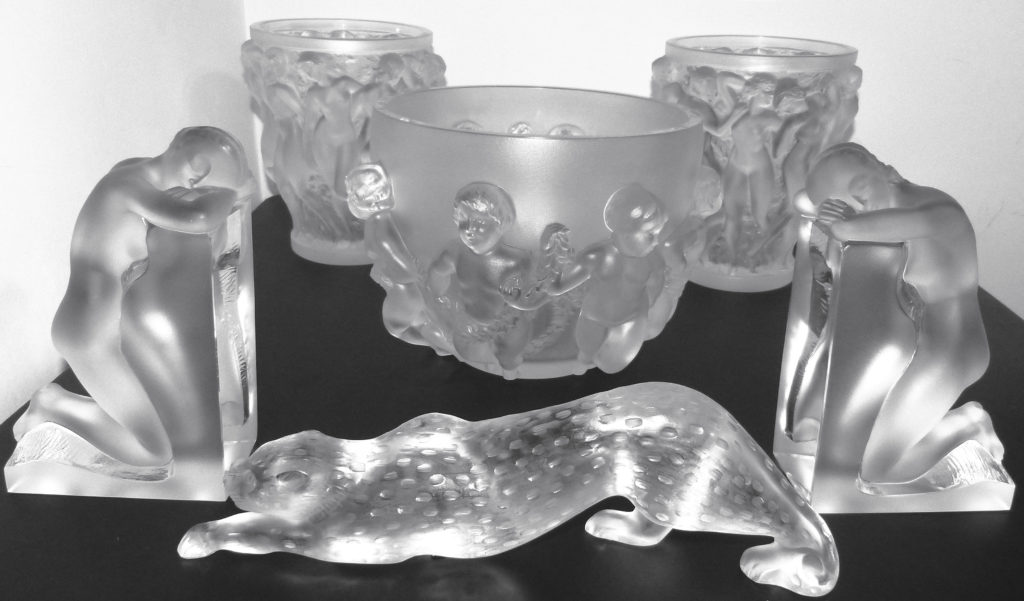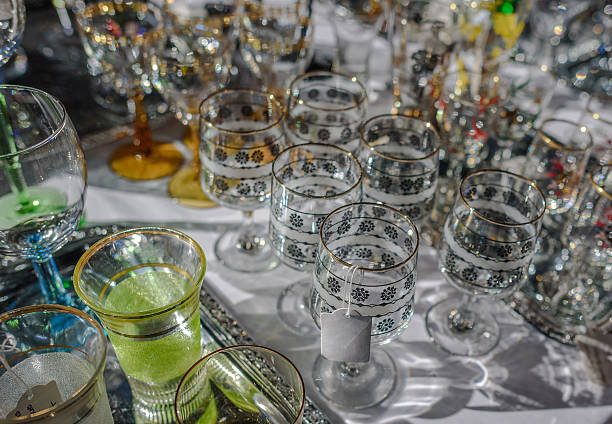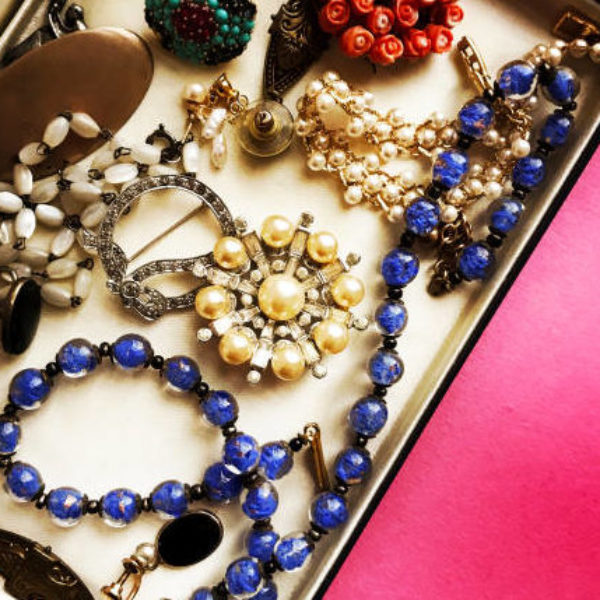One of the most common heirlooms families pass down to their children are glassware sets. As you walk by the pieces safely stowed away behind a cabinet or in a drawer, a few questions may come to mind: are they antique? Are they worth anything? Is there anything you can do to maintain them so that they can continue to be passed down in the best condition possible?
In this guide to antique glass, we’ll answer all of these questions and more.
What Makes Glass Antique?
When does the glassware in your kitchen cupboard go from family heirloom to precious antique?
Below are some of the most common ways to identify antique glass yourself – for a more accurate appraisal, it’s generally recommended that you seek out the help of a glass specialist.
 Check for Symbols: Sometimes, you can find a small letter or symbol etched into your glassware – this usually denotes the glassmaker, which can be helpful in determining the age and rarity of the piece. It can be hard to spot, so be sure to have a good magnifying glass handy.
Check for Symbols: Sometimes, you can find a small letter or symbol etched into your glassware – this usually denotes the glassmaker, which can be helpful in determining the age and rarity of the piece. It can be hard to spot, so be sure to have a good magnifying glass handy.- The Worse, the Better: While you probably like your glassware to be in mint condition, antique glassware shows signs of wear – the more scuffs and scratches on the bottom of a bowl or a plate, the more likely it is to be a genuine antique.
- Peculiar Patterns: One of the easiest ways to tell if your glass is antique is to simply have a look at the pattern – glassware patterns are often very distinct, and so you have a good chance of finding a match online with a bit of research. Do be careful though, as popular patterns are often reproduced over time.
Types of Antique Glass
- Depression glass: One of the most popular types of antique glass to collect, depression glass, became popular in the 1930s and was offered extremely cheap to families struggling through the Great Depression. The colorful, translucent glass is so sought after today not only for its looks, but for the part of American history it represents.
- Carnival glass: Produced at the beginning of the 20th century, this iridescent antique glass appears to change colors as it’s viewed from different angles.
- Art glass: Popular in the mid-19th century, antique art glass is handmade, experiments with color, and is purely decorative. One of the most famous art glass makers was Louis Comfort Tiffany, whose groundbreaking work is now highly coveted among museums and hobby collectors.
- Venetian glass: Also called Murano glass for the Italian island where it’s made, Venetian glass is intricate, colorful, and skillfully crafted using centuries-old techniques. Venetian glass can date back as far as the 13th century.
Antique Glass Care
For most antique glass pieces, a simple wipe-down with a damp cloth every now and then should be enough to keep them in good condition. If you buy a new piece that wasn’t well-maintained by its previous owners and has built up a bit of grime, cleaning it yourself can be risky, so it’s best to get a professional opinion on the best deep cleaning method.
Buy and Sell Your Antique Glass in New York City
If you own antique glass and are interested in selling it, finding out its value, or if you’re looking to add new antique glass pieces to your collection, look no further than Syl-Lee Antiques. Our family-owned and operated business has been one of New York City’s most trusted antique companies for over 40 years.
If you have a piece or collection of antique glass you’d like us to look at, we would be happy to schedule a home visit and free appraisal. To set up an appointment or learn more about the services we offer, visit our contact page to get in touch.


